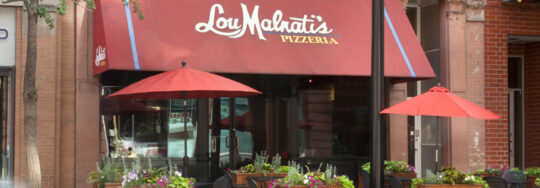Art of the possible: What if we had two months instead of two days?
Having an entire company solving a single set of problems for two days is a good amount of time to diagnose and hack together a solution. But, it’s still not enough.
If we had two months (or longer), here’s what we think we could accomplish:
Make the loyalty program even more effective
The loyalty program works. The data doesn’t lie. Now the question becomes, how do we expand on the program? Is it a UX improvement? Is it making it available across more channels? If we had more time, we would create a real AI model to help their digital properties become smarter and personalize orders to individual customers.
A proper, smarter curbside check-in prototype
We would have loved to create a real prototype of a smart curbside check-in process with a real-time visualization. Imagine pulling into the parking lot, getting automatically checked in, and being assigned a parking spot.
A dynamic restaurant location selection solution
There are many Lou Malnati’s locations, but just like any restaurant with multiple locations, some locations are busier than others during certain times of the day.
Using the data we have, we could create a back-end solution that automatically chooses which restaurant customers would order delivery from, even if it isn’t the closest location to them. This would help balance efforts as needed.



